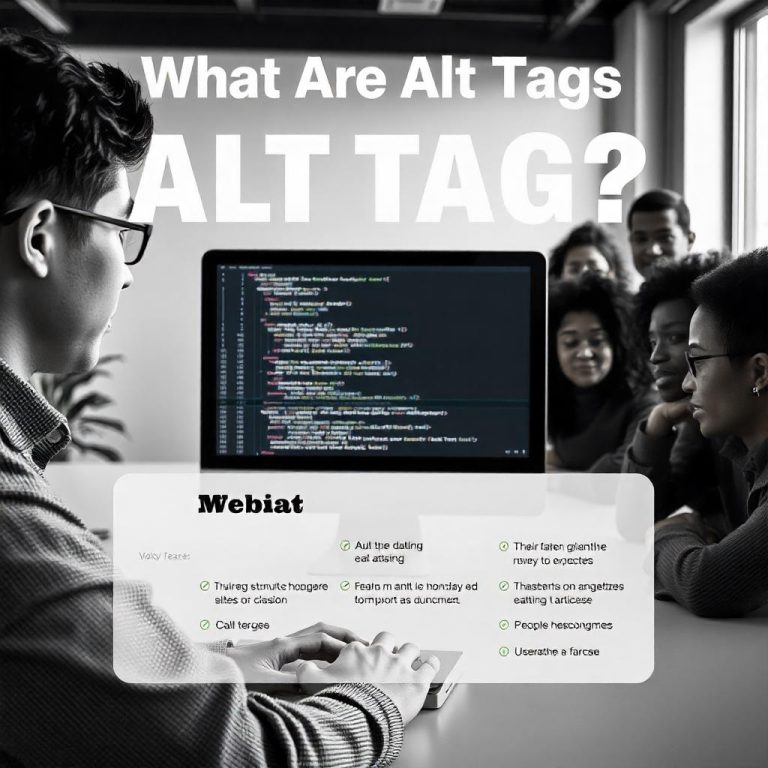How To Target Audience Segments
Targeting audience segments is a critical aspect of successful marketing. By identifying and tailoring strategies to specific segments, businesses can reach individuals more likely to engage with their brand, ultimately driving conversions and customer loyalty. Effective audience segmentation involves dividing a broad market into smaller groups based on shared characteristics, such as demographics, behavior, or interests, and then customizing messages and experiences for each group.
1. Define and Identify Your Audience Segments
The first step in targeting audience segments is identifying which groups to focus on. There are various ways to segment an audience, and the best approach depends on your business goals, products, and services.
How to Make Money as a Fashion Affiliate Marketer
- Demographic Segmentation: This type of segmentation divides an audience by factors like age, gender, income, education, occupation, or family size. For example, a brand targeting high-income professionals might focus on specific income brackets, while a children’s toy company would focus on parents or caregivers within certain age ranges.
- Geographic Segmentation: Segmenting based on location—such as country, city, or climate—can help brands tailor messages relevant to specific regions. For instance, seasonal products like winter coats may be marketed to colder regions, while coastal areas might be targeted with beachwear promotions.
- Psychographic Segmentation: This method focuses on personal values, lifestyles, attitudes, and interests. A brand might create different campaigns for environmentally conscious customers compared to those who prioritize luxury and exclusivity.
- Behavioral Segmentation: This approach considers how individuals interact with a product, brand, or service. It includes factors like buying habits, brand loyalty, purchase frequency, and benefit expectations. For example, repeat customers might receive loyalty rewards, while new customers see introductory offers.
2. Collect and Analyze Data
To effectively segment an audience, you need detailed data on customers and potential customers. Data can be gathered from several sources:
Make Money in 7 Days as an Entertainment Blogger and Affiliate Marketer – The Easy Way!
- Customer Relationship Management (CRM) Systems: CRM platforms provide comprehensive data on customer interactions, purchase history, and contact information, which is essential for creating accurate segments.
- Social Media Analytics: Platforms like Facebook, Instagram, and LinkedIn offer insights into audience demographics, engagement behaviors, and interests. This data can be valuable for targeting social media advertising campaigns.
- Website Analytics: Tools like Google Analytics reveal details about user behavior on your website, including pages visited, time spent on-site, and referral sources. These insights can help identify high-intent visitors and content preferences.
- Surveys and Feedback Forms: Direct feedback from customers can reveal preferences, expectations, and pain points that might not be apparent from other data sources. This can be particularly helpful for psychographic segmentation.
- Purchase and Transaction Data: Sales data can provide valuable insights into purchasing patterns and product preferences, helping you identify high-value customer segments.
3. Create Tailored Messages for Each Segment
Once you have defined your audience segments, the next step is to tailor your marketing messages for each group. Personalized messaging can make the audience feel understood and valued, increasing the likelihood of engagement.
- Craft Segment-Specific Content: Address each segment’s unique needs, pain points, and interests. For instance, an eco-conscious segment might respond to content focused on sustainability, while budget-conscious customers may appreciate cost-saving tips.
- Use Appropriate Language and Tone: Adjust your tone and language to resonate with each segment. For example, younger audiences may respond well to a more informal, playful tone, while a professional segment might prefer a formal and informative tone.
- Align Offers and Incentives: Tailor your offers based on what motivates each segment. New customers might appreciate discounts on their first purchase, while loyal customers could benefit from exclusive perks or early access to new products.
- Leverage Visual Elements: Different segments may be drawn to specific aesthetics. For example, a luxury audience may respond better to sleek, high-end visuals, while a younger audience might engage with bright, trendy visuals.
Blog Writing & SEO Optimization Services
4. Choose the Right Channels for Each Segment
Selecting the appropriate marketing channels for each segment is crucial for maximizing reach and engagement.
- Email Marketing: Email allows for highly personalized and segmented campaigns. Use email automation to send targeted messages based on factors like purchase history, browsing behavior, or engagement with past emails.
- Social Media Platforms: Different demographics favor specific social media platforms. For example, younger audiences are more active on Instagram and TikTok, while professionals are more likely to engage on LinkedIn. Tailor your social media strategy based on each segment’s platform preferences.
- Paid Advertising: Online advertising platforms like Google Ads, Facebook Ads, and LinkedIn Ads allow for precise audience targeting. You can set ads to display only to specific demographics, geographic locations, interests, or behaviors.
- Content Marketing and Blogs: Creating relevant content on your website or blog can attract different audience segments organically. Use topics, keywords, and tones that appeal to specific segments, whether it’s product tutorials, industry insights, or lifestyle articles.
- SMS and Push Notifications: For segments that prefer timely updates, such as those interested in flash sales or location-based offers, SMS and push notifications can be effective.
5. Use Personalized Customer Journeys
Each audience segment should have a customized customer journey that reflects its unique preferences and behaviors. The customer journey typically includes several stages, from awareness to purchase and post-purchase engagement.
- Awareness Stage: Introduce each segment to your brand with content that resonates with their unique interests or needs. For example, for first-time visitors, use blog content, ads, or educational resources that align with their browsing behavior.
- Consideration Stage: Once an audience segment has shown interest, provide them with more targeted content to address any questions or objections. For example, a retargeting ad featuring customer testimonials may help a hesitant segment make a purchase.
- Conversion Stage: At the point of purchase, use personalized CTAs, recommendations, and offers to encourage each segment to convert. For example, offer product suggestions based on a customer’s browsing history or purchase behavior.
- Retention Stage: Continue engaging existing customers with segment-specific loyalty programs, updates, or rewards. For instance, loyal customers might appreciate exclusive discounts, while infrequent buyers might need reminders about new product launches.
6. Track and Optimize Performance
To ensure your segmentation strategy is effective, monitor each segment’s performance and make adjustments as necessary.
Boost Your Blog and Website with SEO – 50 Articles for Just $20!
- Monitor Key Performance Indicators (KPIs): Track the success of each segment’s campaigns using metrics such as conversion rate, click-through rate, engagement, and lifetime value. This data will help identify which segments respond best to specific messages or channels.
- A/B Test Different Approaches: Conduct A/B tests within segments to find the most effective messaging, design, and calls to action. For instance, test different email subject lines to see which ones resonate best with a particular segment.
- Adjust Segment Criteria as Needed: Segments should be dynamic. Review and adjust segmentation criteria periodically to account for changes in customer behavior, demographics, or market trends.
- Use Feedback for Improvement: Regularly gather feedback from each segment through surveys, reviews, or social media interactions. This will help you refine your approach and continue to deliver relevant content to each audience.
7. Embrace Automation for Efficiency
Using automation tools can streamline the process of targeting audience segments and ensure timely, personalized communication.
- Email Automation: Platforms like Mailchimp or HubSpot allow businesses to create automated email sequences for different segments, such as onboarding series for new customers or re-engagement emails for inactive users.
- Ad Campaign Automation: Google Ads and social media platforms offer automated bidding and targeting options that adjust based on real-time performance data, maximizing reach to relevant segments.
- CRM and Customer Data Platforms (CDPs): CRM systems can integrate data from multiple channels, providing a holistic view of customer segments. Advanced CDPs allow for real-time personalization, automatically adjusting content based on customer behavior.
8. Stay Adaptable to Changing Customer Needs
Customer needs and preferences evolve, and audience segments should be periodically re-evaluated and updated. Conduct regular reviews of customer data to understand if new segments have emerged, existing ones have shifted, or if certain segments are no longer relevant. Adjusting segmentation and strategies will keep campaigns aligned with current customer preferences and trends.







